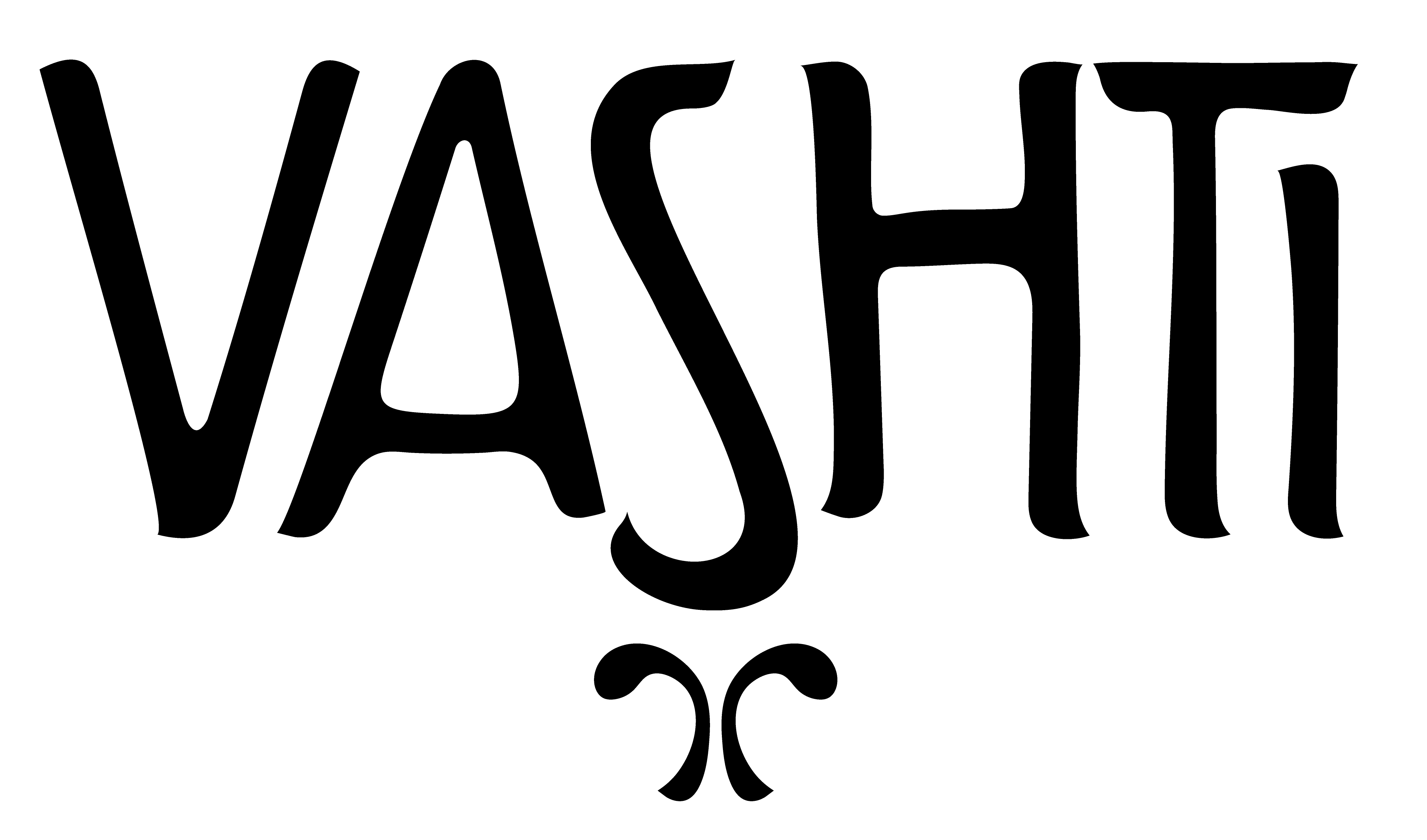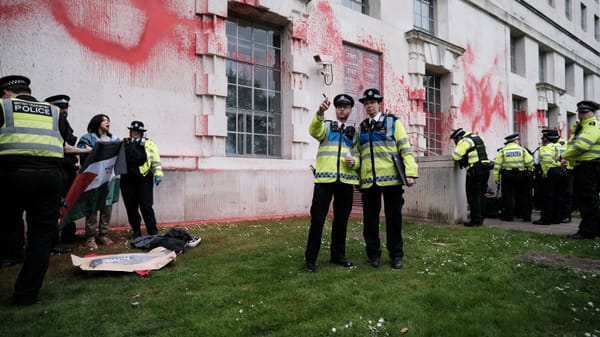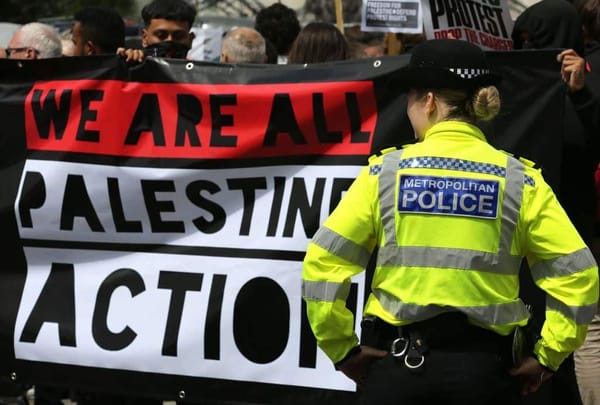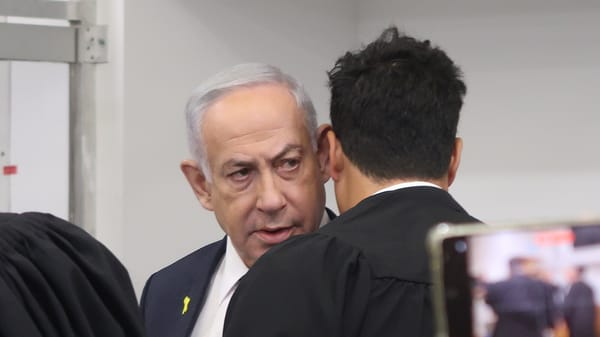Yiddish for the 21st century
A new Duolingo course is training a small army to demand babka. Can it also heal communal divisions?
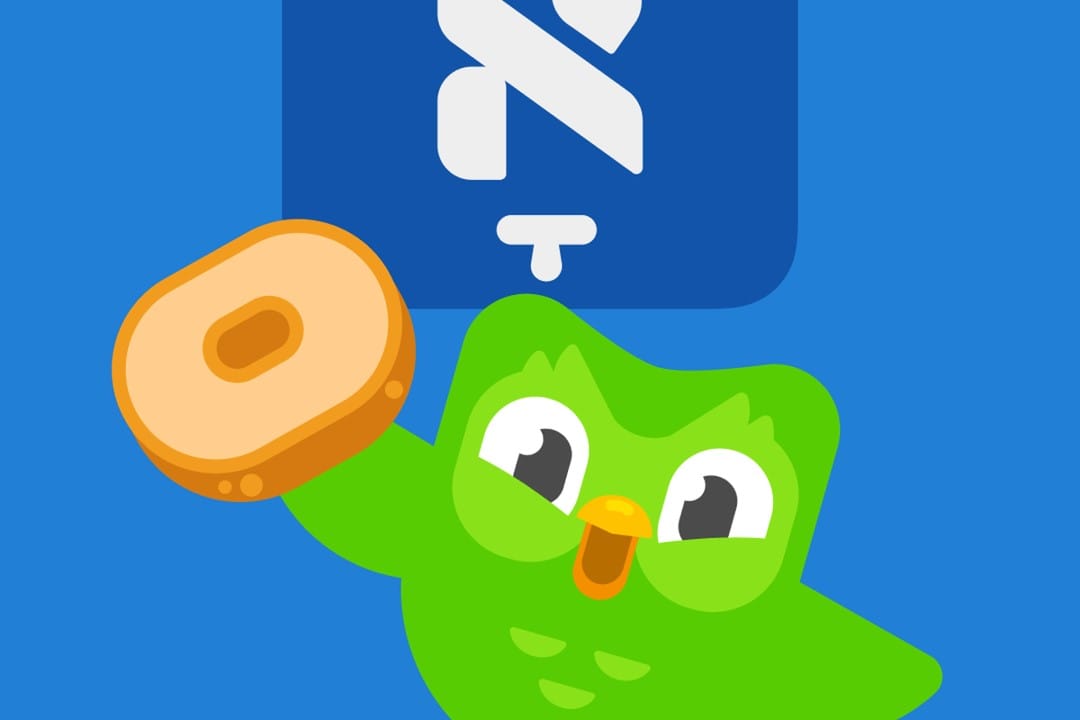
I am being haunted by an owl. Like many other feckless dabblers, I have started many a Duolingo course brimming with optimism, only to retreat to doom-scrolling as soon as the going gets tough. Is there anything more guilt-inducing than that sad-eyed green bird and its passive-aggressive push notifications? “Nu?” it seems to say, with the air of a borscht-stirring balabusta, “so you can’t even make time to see me now?” Given the owl’s implied Yiddishe tone, it’s perhaps surprising it took Duolingo so long to create a dedicated course. On 6 April, it finally did – accompanied by a cartoon of the notorious owl, this time wielding a bagel.
Rumours of the Yiddish course have been circulating on the Yiddish-Duolingo stan internet for years. Which flag should be used? Which dialect should be taught: Hungarian, Polish or Lithuanian? What themes should lessons cover? In fact, much of the course has ended up looking like a surrealist game of word association. To help learners get to grips with a different alphabet, they must first wade through a series of absurd sentences featuring zebras, pyramids and avocados – words that are phonetically similar to their English counterparts in Yiddish. Predictably, there is overrepresentation of culinary staples. Students learn to ask crucial questions such as “Where is my babka?”, alongside a Curb Your Enthusiasm-inflected “What are you, my mother?”
In devising the course, Duolingo worked, as it always does, with a volunteer team of native speakers, ranging in this case from a professional Yiddish translator to three Chasidic Zoomers, the youngest of whom is 15. Meena is a 32-year-old civil engineer, who grew up in a modern Orthodox family in New Jersey, speaking Yiddish as her first language. Her reasons for getting involved in the project were evangelical: “I knew that Yiddish Duolingo would expose hundreds of thousands, if not millions, of people worldwide to the language,” she says. “I wanted them to see that Yiddish was a full language with a broad vocabulary and rules of grammar… Many [people] are familiar with Yiddish, but most are just aware of the stereotypes – that ‘Yiddish is funny’.”
On this last point, Meena is referring to the in-between space Yiddish occupies today within transatlantic popular culture. Sitcoms, pop music, literature are infused with Yiddish vocabulary but this has also resulted in a popular perception of the language as merely a comic accessory to our own. “The Yiddish lone words we have in English are seen to just add spice or sass or colour to English,” agrees Morgan Holleb, co-director of the Glasgow-based Yiddish café Pink Peacock. “I really like how mundane the Duolingo course is – this is a language that people continue to live in.”
As Holleb suggests, to characterise the Duolingo course as part of a Yiddish revival would be wrong, or at least only partially true – since Yiddish never died. The YIVO Institute for Jewish Research in New York City estimates that there are between 500,000 and 1 million Yiddish speakers worldwide, most of them belonging to Charedi communities (there are around 30,000 in the UK alone). Nevertheless, a Yiddish renaissance is certainly taking place amongst non-Charedi Jews, of which Holleb’s cafe forms a part. From the Yiddish-language soap Shtisel (which, notably, is not aimed at a Charedi audience since most Charedim do not watch television) to radical language school Babel’s Blessing, the past decade has seen non-Orthodox Jews re-engage with their ancestral language with renewed intensity. Many, Meena says, “are seeking a connection to their heritage that was lost when their immigrant ancestors were aiming to assimilate into the [new] culture”.
This rising wave of enthusiasm for Yiddish is also an indication of the shifting politics of Jewish communal life. Morgan believes that the collective understanding of Yiddish as an unserious Jewish language is “a function of Israeli and Zionist propaganda”. Indeed, in an attempt to undermine the feasibility of thriving Jewish life in Europe, Zionism encouraged the “negation of the diaspora”, partly via the suppression of Yiddish in favour of Hebrew, which was classed as a more “authentic” Jewish language. An earlier threat to Yiddish came from proponents of the 18th century Haskalah movement, itself a precursor to Zionism, which advocated for the suppression of Yiddish in favour of local languages and Hebrew, seeing assimilation as a positive and progressive step through which economic and social integration could be achieved.
Arguably, the growing interest in Yiddish from non-Charedi Jews is a reaction against the long-term influence of both Zionism and the Haskalah on our perception of Yiddish as an inferior language. Against the former, because many Jews, generally young and leftist, are seeking a cultural and political expression of Judaism outside of a framework which places Israel at its centre. And against pro-assimilationist ideology, because we are actively embracing our Jewishness, joyfully asserting our difference via club nights, cafes and publications that actively draw attention to our cultural identity – an identity that is often rooted in Yiddishkeit. “We’re living in a time of resurgence of global fascism, and we’re seeing that assimilation does not save or protect us,” says Morgan. “This language is a symbol of Jewishness that Nazis tried to eradicate. The fact that we’re still speaking it is an act of resistance.”
Both these impetuses also owe much to the Bund, the Jewish socialist party founded in 1897 to serve a new demographic of working-class Jews in Eastern Europe who were facing particularly acute social and economic discrimination. Bundists celebrated Yiddish as a cultural phenomenon and Jewish national language in its own right, and also asserted their right to a homeland within the diaspora in favour of doikayt or “hereness”, versus the “thereness” of Zionism. Until recently, the Bund was seen as a minor, almost forgotten chapter of Jewish history, but as leftist Jews reject a Judaism defined by Zionism and reclaim their non-assimilating identity, Bundism – with its celebration of Yiddish language and culture – has become an appealing alternative . It is perhaps ironic that a language championed by The General Union of Jewish Workers (the unabbreviated name of the Bund) has now been brought to the masses by a team of unpaid volunteers. “They’re clearly workers who deserve a decent wage for their labour”, claims Morgan.

Israel has long tried to delegitimise Yiddish, deeming it a diasporic language that undermines the project of a nation state. This has sparked a lively debate among Duolinguists as to whether the Yiddish course should be represented by a national flag, as is the case with other Duolingo courses. “It was a difficult decision,” says Meena. “We were trying to identify a design that would resonate with all the different communities of Yiddish speakers, while not being just generically Jewish, since there are dozens of Jewish languages.” One Reddit user suggested using any Eastern European flag from the 1800s, but others objected on the grounds that such a flag would hardly represent most Yiddish speakers today. Meena calls the final design an ‘icon’ rather than a flag. It’s a white letter Alef written in Duolingo-used Yiddish calligraphy, superimposed on a blue background. While the colour scheme suggests the designers couldn’t quite shake off associations with Israel’s flag, it seems fitting that a language largely preserved in literature should be represented by a letter. Opting for an icon over a flag, meanwhile, speaks to a vision of Yiddishkeit as a people bound not by borders or nationalism, but a shared ideal.
In the same way that the diasporic, disparate nature of the language required a mutant flag, it also necessitated a hybrid form of Yiddish. “Nowadays,” says Meena, “there are multiple communities of Yiddish-speakers, including the academic’Yiddish world, the Hasidic Yiddish world, the world of native Yiddish speakers from Europe and their direct descendants. … The language, which already had diversity in pre-war Europe, has continued to develop naturally but independently in a lot of these communities.” Ultimately, Duolingo opted for YIVO-standardised grammar, alongside the Gayliotzer and Hungarian accent spoken by Chasidim. Their aim, says Meena, was twofold: “to make the language taught in the course feel familiar to as many modern Yiddish speakers as possible”, and to foster greater understanding between non-Chasidic Jews and Chasidim, whom she says are often stereotyped and misunderstood.
Meena is referring to the disdain that sometimes emanates from within the Jewish community towards those who are most identifiably Jewish, which is itself nothing new. Adherents of the Haskalah movement were aggressively critical of the Yiddish speaking Hasidim. The writer Yosef Perl, for example, penned numerous anti-Hasidic polemics – ironically often in Yiddish – describing the ‘sect’ as a ‘disease of cancer’ in an 1816 letter to the non-Jewish governor of Galicia. British comedian David Baddiel’s recent display of contempt for the Chasidic community echoes the cringing disparagement that assimilated middle-class Jews in nineteenth century Europe felt towards their Yiddish speaking, shtetl-dwelling co-religionists .
Yet Meena hopes Yiddish learning will provide a long-needed opportunity to bridge the gulf between the different Jewish communities. As non-Charedi Jews participate in lessons designed by Charedi Jews and featuring Charedi accents, the Duolingo course could spark a rare moment of contact between both groups. Annie Gottfried-Cohen, a PhD Student in Modern Jewish Studies at the Gershon Kekst Graduate School in New York, has been enjoying the cultural exchange this new course has facilitated. “[It’s been] a lot of fun using Duolingo to familiarise myself with the dialect that the majority of Yiddish speakers still speak… I’ve been following Charedi Yiddish news sources more closely… and that definitely has given me some insight into the Charedi world”. Morgan agrees it’s a positive step: “There’s sometimes a sense [amongst Yiddishists] that Chasidic Yiddish is treif, but as Jews we should be building bridges with each other. There’s plenty of stuff for us to disagree on, but Chasidim are being targeted by antisemitism and fascism in a way that non-Chasidic, white Jews aren’t. I think it’s our obligation to be in conversation with these communities rather than further contributing to their otherness.”

With its 44,000 active Yiddish learners, Duolingo has single-handedly enlarged the global pool of Yiddish speakers (though admittedly a large number may struggle to navigate the world in Yiddish, beyond identifying Madrid-based zebras). Still, perhaps there is something sad about thousands of people cloistered away, tapping on their glass bricks to learn what was once, and in many places still is, a thriving language. Meena wants users to “take their Yiddish learning a step further…perhaps even take the step of speaking Yiddish in their day-to-day life.”
As Duolingo democratises Yiddish learning and brings it to the thousands, could the revolutionary energy that is inherent in the language begin to root itself at the heart of Jewish life? For the time being, an obstinate owl will continue to train an army of millions to demand babka at all hours of the day and night.
Lernt gezunderheyt!
Susannah Finlay holds a degree in History and French and sells translation rights for books to be published in other languages – but not Yiddish, yet.
